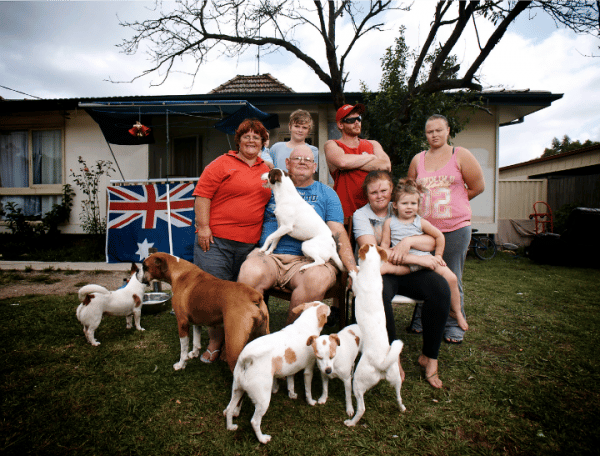
By Brian McNair, Queensland University of Technology
Contrary to the lurid previews and loud protests from Blacktown and environs before the show went out, Struggle Street, the first episode of which aired on SBS last night, turned out to be a powerful, often poignant piece.
It was upsetting to see the young kid wandering around the backyard, amusing himself with petrol-driven lawnmowers and the like as dysfunction reigned around him. It made you fear for the wee lad’s future. We saw the resilience of some of the women, young and old, who do indeed struggle to survive in an urban jungle, but are always there to lend support and care for those around them.


